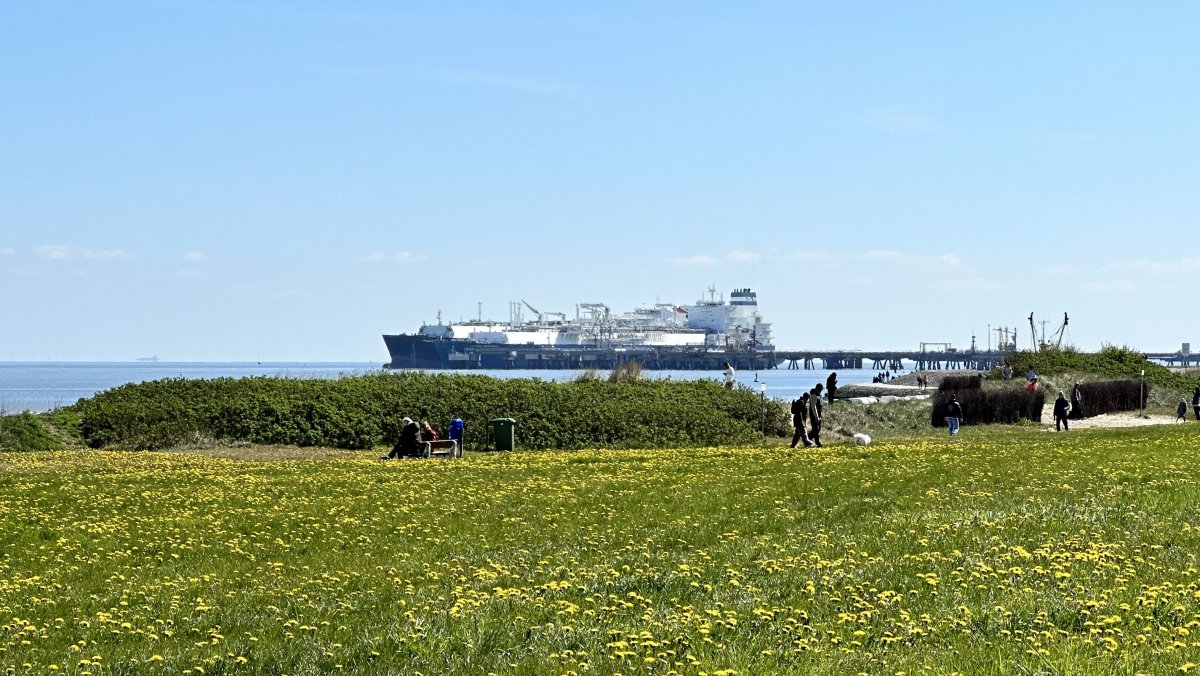Despite months of protests by island residents, the Bundestag and Bundesrat have given the green light for the construction of another LNG terminal on the island of Rügen. The terminal, set to be operational by 2024, will regasify cryogenic liquefied natural gas delivered to the port of Mukran and feed it into the national gas network for transportation. The decision by the government paves the way for this ambitious project, following in the footsteps of the first German LNG terminal in Wilhelmshaven. However, critics argue that the operation of an LNG terminal on Rügen is unjustifiable, and conservationists are also against the project.
The new terminal on Rügen will be built near the beach of Hooksiel, where holidaymakers will have the opportunity to witness the floating storage and regasification unit (FSRU) and incoming LNG tankers up close. The Wilhelmshaven terminal, which began operations in December, is also attracting tourists because of its location in the Wadden Sea World Heritage Site. Although protests against the Wilhelmshaven terminal were manageable, they were mainly focused on technical issues related to the FSRU chartered by the government.
With the inclusion of Rügen in the LNG Acceleration Act, the Bundestag has disregarded opposition from Baltic Sea protesters. The act allows for expedited approval procedures, including the suspension of environmental audits. The urgency behind the decision stems from the energy supply emergency caused by the Russian war in Ukraine and the closure of the Nord Stream 1 gas pipeline. While opponents argue that additional LNG terminals are unnecessary due to existing infrastructure in other European countries, the German government believes the Rügen terminal is vital for securing gas supply during potential bottlenecks.
Deutsche ReGas has been designated as the operator of the private-sector terminal on Rügen. However, plans for the terminal have already undergone significant changes. Initial discussions included landing points on the open sea near the coastal town of Sellin, with four floating terminals capable of importing 38 billion cubic meters of gas. The project has since been scaled down to two terminals with a total import capacity of 10 billion cubic meters of gas. Despite hopes that moving the location northwards would ease protests, opposition remains strong.
The choice of the Rügen site is mainly due to its proximity to the German-Russian gas pipelines Nord Stream 1 and 2, which were subject to sabotage. These pipelines connect to nearby Lubmin, providing a convenient link to the national gas network, which can now also serve the Rügen terminals. However, the project faces legal challenges from neighboring towns and other groups, who have announced their intentions to file lawsuits against it.



